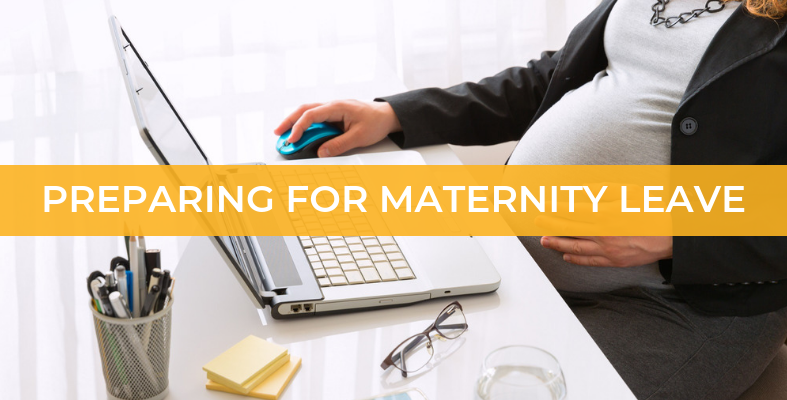
How to Plan for an Employee's Maternity Leave
Are You Hiring?
Find candidates in 72 Hours with 5+ million talents in Maukerja Malaysia & Ricebowl using Instant Job Ads.
HIRE NOW
Your employee is having a baby! You’re happy for them, but now you have to figure out what to do once they’re on parental leave.
This is even more difficult if they hold many responsibilities in your organisation. So, here’s a guide on how to plan for an employee's maternity leave.
1. Focus on the employee who’s getting ready for leave
As a manager, you are responsible for telling your employees to take whatever time they need and reassure them that you’ll find a way to get a to get along without them.
Make sure the HR department responds to the employee with prompt and complete information about the administrative and logistical aspects of the leave process. Remember that the leave benefit is a way to increase retention and loyalty among important employees, so make sure your employees have positive feelings about the experience.
2. Have them write everything down
Start this process ASAP, because you’ll need time to arrange coverage. You probably have a general idea of all the duties this person handles, but there are probably many day-to-day chores that you might miss. Ask them to make a list of all their tasks.
Look at the calendar with your team member and make note of anything that will happen during the leave period that they would normally handle. Make sure you have access to important documents or ask your employee to send important items to you. Get contact info for all clients and vendors the employee normally works with.
3. Discuss their return
The employee will need to adjust after the first few weeks after parental leave. They will have problems with the lack of sleep and childcare troubles, so if they can work from home, make it a temporary option.

4. Handling out tasks
If the employee who’s going out on leave has long-term projects underway, consider putting those on hold until they return.
Take advantage of the opportunity to let one or more junior staffers carry the employee’s tasks. Ask around to see if anyone is particularly interested in learning more about the work you need to be covered. One of the best ways to keep employees engaged is to encourage them to take on new challenges.
If needed, hire an intern or a part-time worker to take pressure off the team members who are taking new duties and learning new processes. Even if it’s just a part-timer who’s only qualified to maintain spreadsheets and answer phones.
5. Make sure your team is not overwhelmed
Make sure everyone knows their responsibilities at least a few weeks before the baby is due, so they will have a chance to get basic questions answered and collect important materials and contacts. Be sure they know which projects to prioritise.
Thank your team for stepping up. Don’t assume they’re not having problems just because they don’t complain. Check in regularly so you can offer help.
Finally, don’t let anybody forget that the whole point of this exercise is to keep things going smoothly until your team member returns, perhaps a little sleepy but anxious to be a part of the team again.
Are You Short on Staff? Reach millions of job seekers on Maukerja, Ricebowl, LinkedIn, Jora, Trovit, and more when you post a job on AJobThing.com Register today!
Source: Quartz
Related articles
Maternity Leave for Private Sector Employees in Malaysia: 60 Days or 90 Days?

